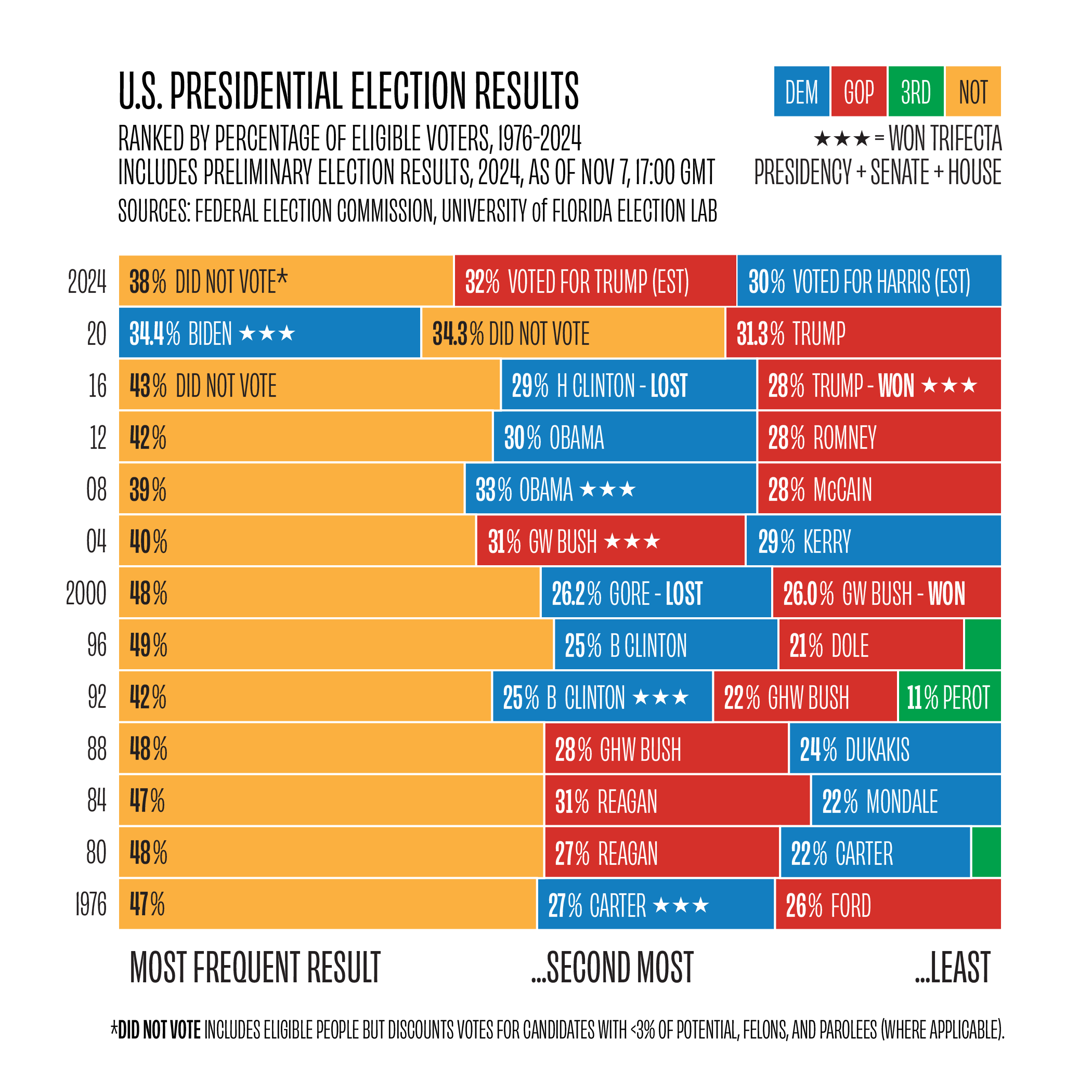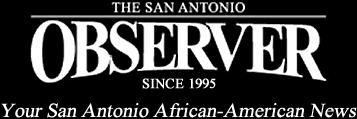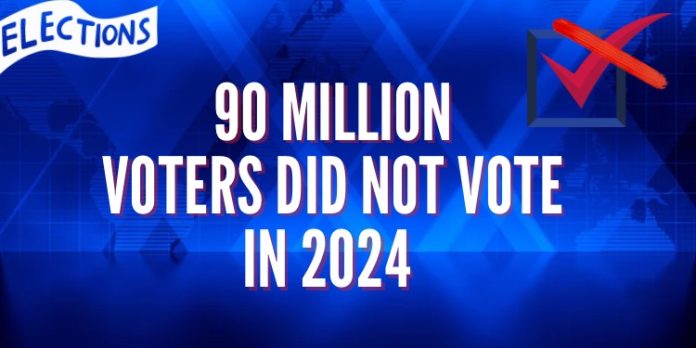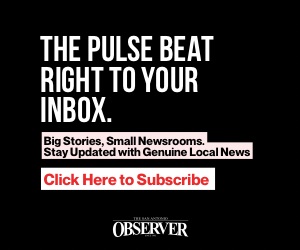The 47th President’s Executive Orders and Their Origins
As the nation reflects on the 47th president’s barrage of Executive Orders, most coming within 72 hours of him being sworn in, we must take a look at how this occurred, particularly prior to his first term.
The Impact of Citizens United on Political Influence
In 2010, the Supreme Court ruled, in Citizens United, which held that the Freedom of Speech clause of the First Amendment prohibits the government from restricting independent expenditures for political campaigns by corporations, including for-profit, non-profit, labor unions, and other kinds of associations. In a 2019 article, The Brennan Center for Justice explained that the 2010 Supreme Court decision tilted “political influence toward wealthy donors and corporations.”
Shelby v. Holder and the Erosion of Voting Rights Protections
Shortly after the Citizens United decision, in 2013, the Supreme Court decided, in Shelby v. Holder, to invalidate “on constitutional grounds, Section 4(b) of the 1965 Voting Rights Act,” which produced the formula for determining which jurisdictions were covered under Section 5. That decision weakened protection for voters of color and allowed jurisdictions to make changes to election laws without seeking Department of Justice approval. What subsequently followed was a multitude of voter identification laws, increased gerrymandering in various states, and more laws that allowed challenges to a citizen’s voter registration.
Texas Senate Bill 1 and Voting Access Restrictions
We are now into 2025, but in 2021, the Texas legislature enacted Senate Bill SB1, a law filled with voting rights limitations and restrictions. As recently as October of 2024, a federal court struck down the restrictive and suppressive Texas voting measures in SB1, which limited voter assistance and sharply restricted voting access.
In a decision coming from the U.S. District Court for the Western District of Texas, the judge ruled that several provisions of SB1 “restrict and criminalize voter assistance, violate the Voting Rights Act, and therefore cannot be enforced.” This restores communication between potential voters and those working with community-based organizations.

The 2024 General Election and Voter Turnout
We now examine the general election for 2024, in which the 47th president was elected, and for some supporters, he “received a huge mandate” from voters. It marked the first time in two decades that a Republican won the popular vote. That raises further inspection.
Per the University of Florida Election Lab,
“many millions of Americans who were eligible to vote—did not vote.” By November 25th, most states had an estimate of 99% of votes counted, showing that “close to 90 million didn’t vote,” with as many as 245 million people being eligible to vote. In some circles, that amounted to nearly 36% of eligible voters passing on the general election.
The Importance of Voter Education and Participation
We have always been focused on educating voters, on voter registration, and on voter participation while battling disinformation and misinformation, which negatively impacts our communities.
We also have consistently held that “elections have benefits and consequences,” hoping that voters would choose the former as opposed to the latter.








